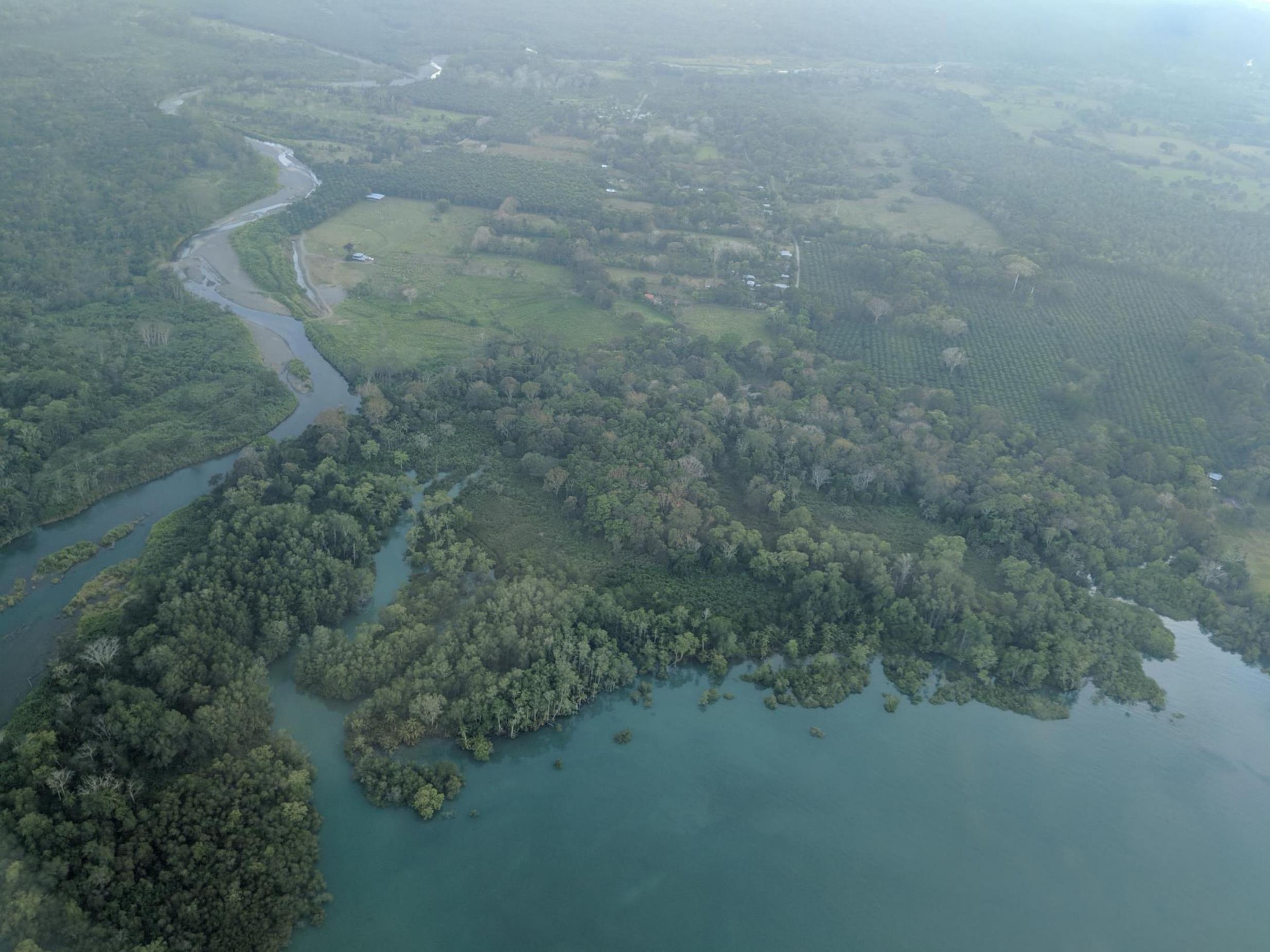War on drugs has helped cocaine traffickers conquer swathes of Central America, study suggests
Almost 20 per cent of US drug control spending goes on attempts to intercept shipments, with a ‘dismal’ success rate

Your support helps us to tell the story
From reproductive rights to climate change to Big Tech, The Independent is on the ground when the story is developing. Whether it's investigating the financials of Elon Musk's pro-Trump PAC or producing our latest documentary, 'The A Word', which shines a light on the American women fighting for reproductive rights, we know how important it is to parse out the facts from the messaging.
At such a critical moment in US history, we need reporters on the ground. Your donation allows us to keep sending journalists to speak to both sides of the story.
The Independent is trusted by Americans across the entire political spectrum. And unlike many other quality news outlets, we choose not to lock Americans out of our reporting and analysis with paywalls. We believe quality journalism should be available to everyone, paid for by those who can afford it.
Your support makes all the difference.The US spends almost $5bn (£3.8bn) a year attempting to intercept shipments of illegal drugs from Central America, but despite the enormous outlay, the quantities of cocaine delivered to the country have continued to rise.
One of the main focuses of American spending is the “transit zone” between Central American sources and US markets. Around $4.7bn (£3.6bn) - or around 18 per cent of total federal drug control spending - was allocated to interdiction in 2016.
But a new study, which simulated the complex dynamics between drug traffickers and US drug control efforts in Central America, suggests the efforts of successive US governments have led to a “cat-and-mouse arms race”, in which traffickers have massively expanded their networks of operations in ever greater efforts to out-manoeuvre authorities.
“Wholesale cocaine prices in the United States have dropped significantly since 1980, deaths from cocaine overdose are rising, and the dismal rate at which counterdrug forces intercept cocaine shipments is well documented,” the study’s authors said as their research was published in the Proceedings of the National Academy of Sciences journal.
Their model could also serve as a “virtual laboratory to explore the effects of alternative drug policy scenarios”, they added.
Called NarcoLogic, the model simulates the decision-making processes of narco-traffickers in response to the authorities’ interdiction efforts.
Cased on “geographies of crime and transaction cost theory”, it produces “quantitative predictions of the spatial structure, dynamics, and adaptation of narco-trafficking networks in response to interdiction within the transit zone of Central America.”
The authors said the model’s predictions closely mirrored the measured quantity of cocaine believed to be entering the US.
“Overall trajectory and timing of peak cocaine flows were … consistent with observed data,” the report says.
The authors said: “The model successfully recreated the historical southward shift of narco-trafficking activity."
They added: “The US government’s cocaine interdiction mission in the transit zone of Central America is now in its fifth decade despite its long-demonstrated ineffectiveness, both in cost and results.”
They said their new model “produced realistic predictions of where and when narco-traffickers move in and around Central America in response to interdiction. The model demonstrated that narco-trafficking is as widespread and difficult to eradicate as it is because of interdiction, and increased interdiction will continue to spread traffickers into new areas, allowing them to continue to move drugs north.”
The report calls for a reassessment of how the US tackles illegal imports of narcotics, saying the key reason trafficking is so hard to stop is in fact because of increased interdiction efforts.
“Narco-trafficking is as widespread and difficult to eradicate as it is because of interdiction, and increased interdiction will continue to spread traffickers into new areas, allowing them to continue to move drugs north,” it concludes.
The authors added that their model could be of use to authorities in their efforts to cut illegal imports of drugs into the US, saying it “offers a much-needed, evidence-based tool to move this deadlocked issue forward”.
Join our commenting forum
Join thought-provoking conversations, follow other Independent readers and see their replies
Comments